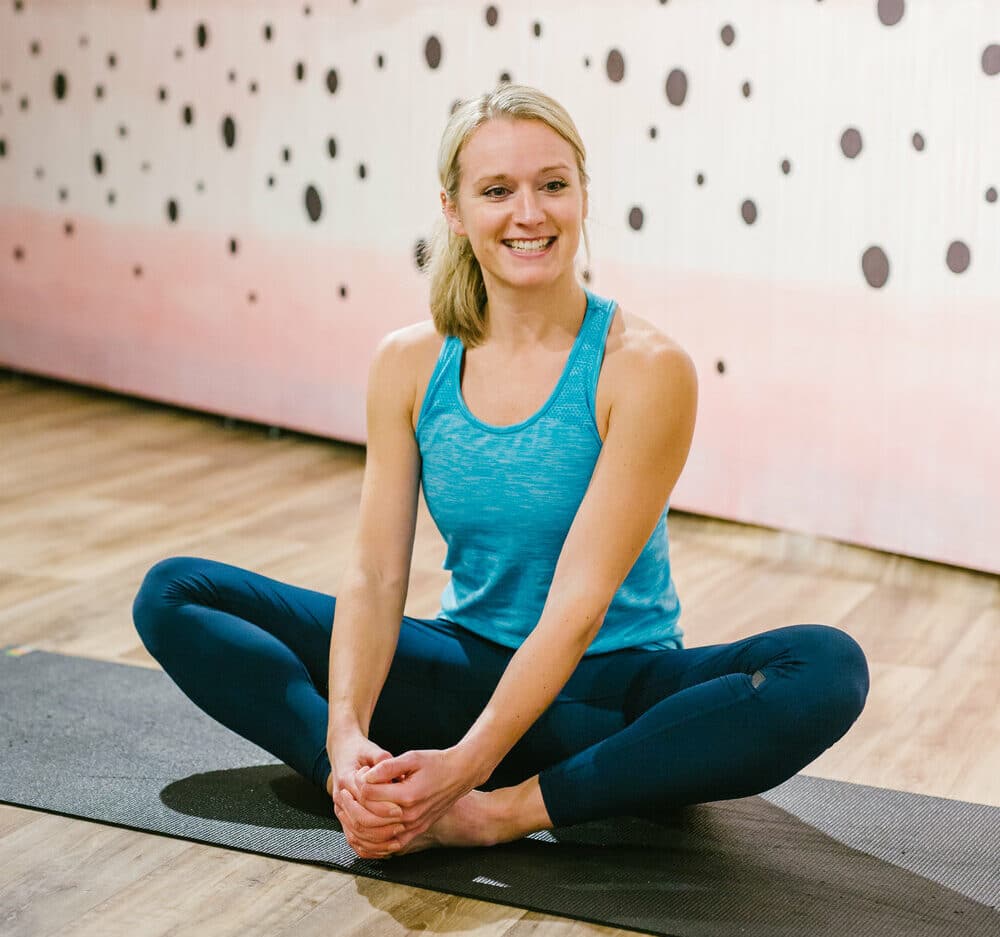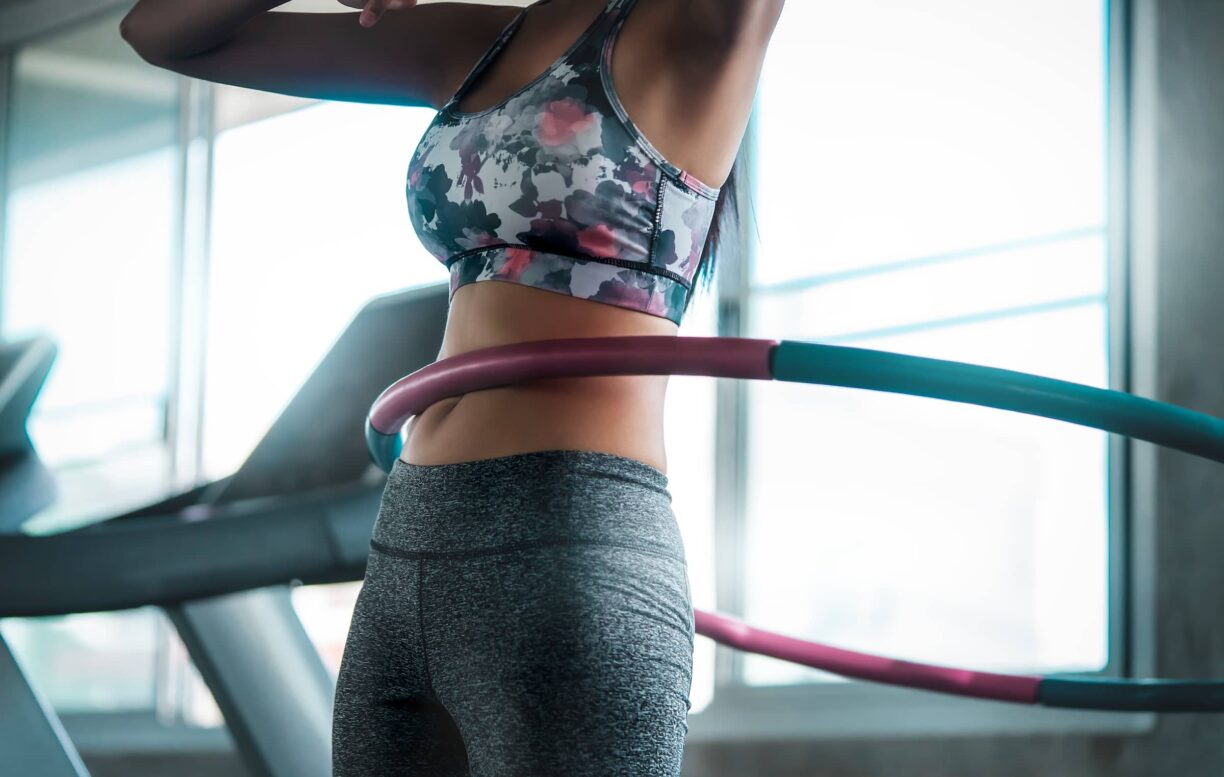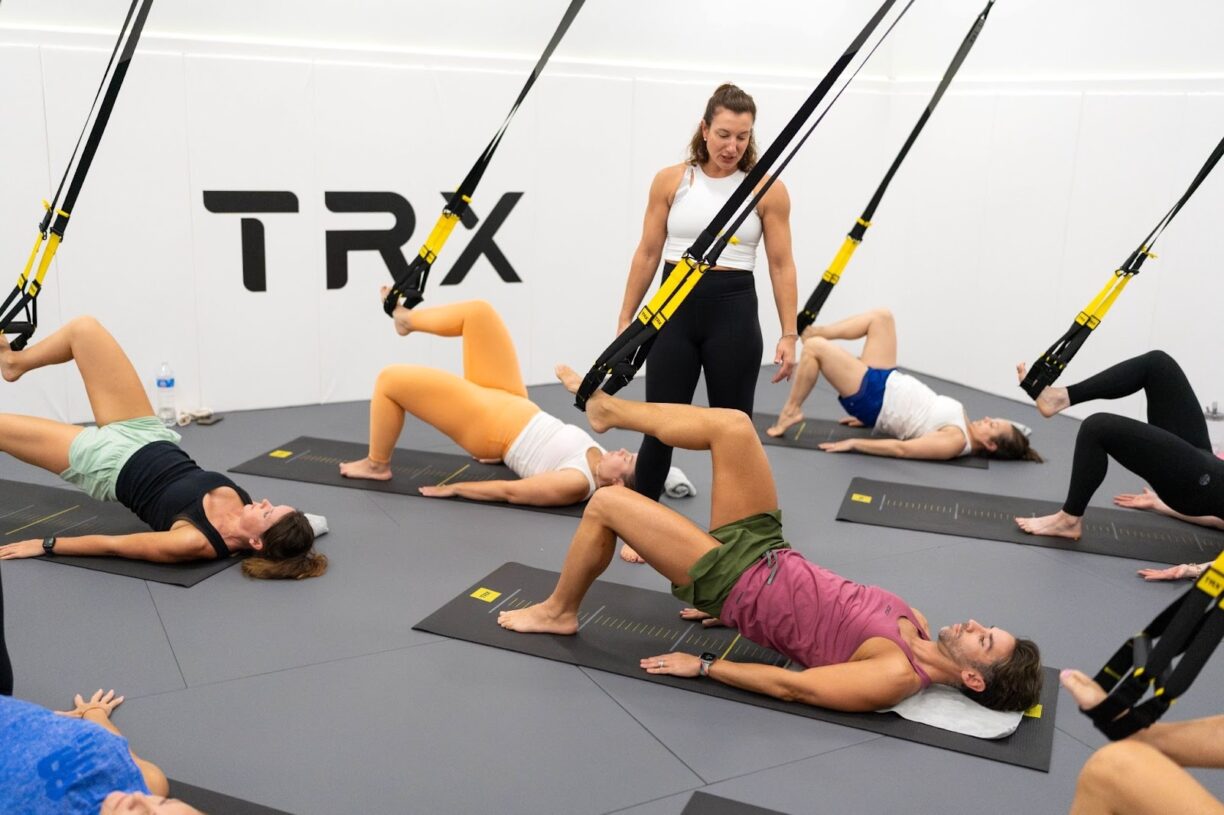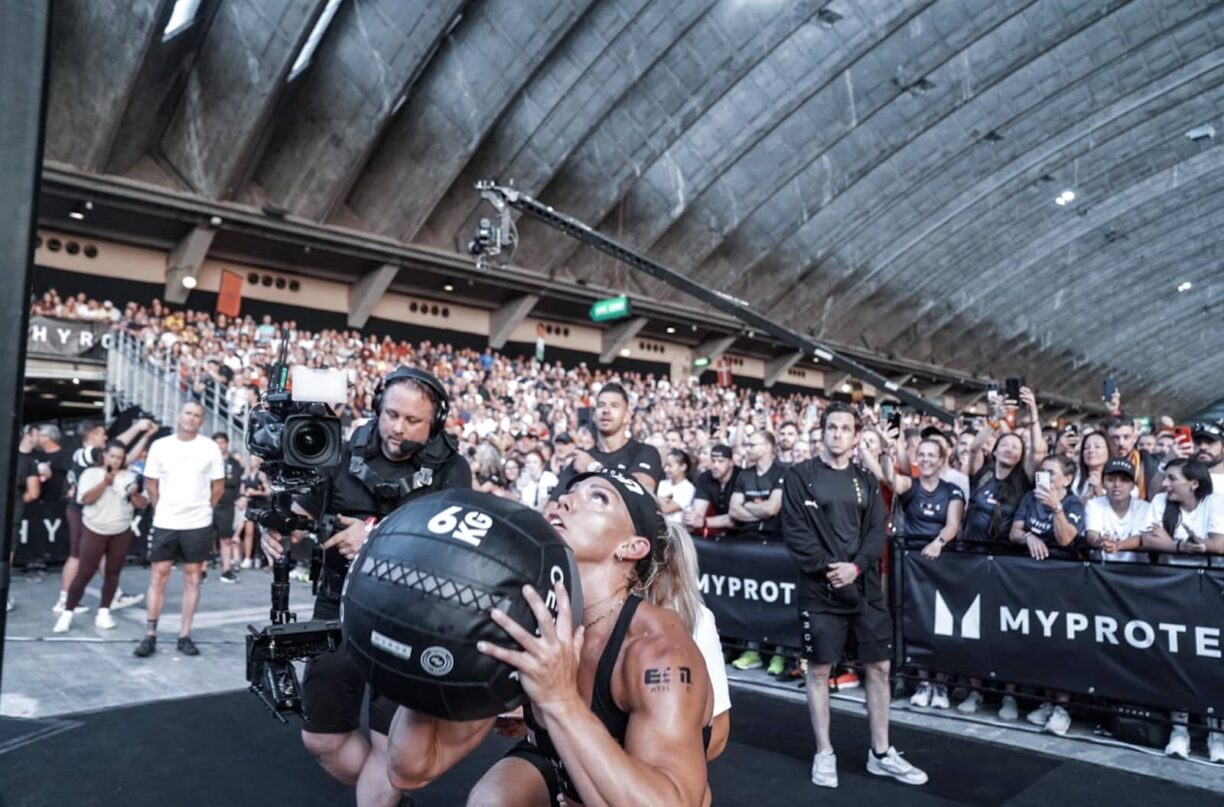In an era of national lockdowns and make-shift kitchen-table-desks, even those of us who have been practicing yoga or pilates regularly have fallen victim to the ‘pandemic posture’.
Brought on by a sedentary year, in what we know is an increasingly sedentary existence, the pandemic posture’s characteristics are hunched shoulders, tight chest muscles, a weak and arched back and tight hips – coupled with aches, pains and a tightness you just can’t seem to stretch out.
Here, David Kingsbury, pilates coach for the Eastnine fitness app shares why prolonged periods of sitting affects our posture, what the main issues are and how to correct them.
So what is good posture?
Our bodies are beautifully designed to work with the force of gravity. When our body is in correct alignment (think of a vertical line which runs through the ears, shoulders, pelvis, knees and ankles), gravity is distributed equally, and less stress is placed upon the spine.
Inactive lifestyles and sedentary working patterns are negatively affecting our alignment, by changing the relationships between the muscles of the front and back of the body.
Excessive Sitting
If we think about the way the majority of us are currently working – we wake up and sit down to work. We then transfer ourselves to the kitchen and sit down to eat our meals for the day.
We then sit down on the sofa before doing it all over again the next day – the joys of modern and lockdown life!
Without the usual activity associated with meeting friends, walking to grab something for lunch, commuting and everything else we normally do – it’s no wonder so many of us are carrying aches and pains we’re not used to.
When we sit (and let’s face it most of us slump), certain muscles relax while others are working overtime to compensate. This slouched and seated position over time creates a whole host of postural problems.
Issue #1 Tight chest, weak back
Good posture is essential because it ensures that our muscles and tendons are working in the way that they are designed to.
Muscles are designed to work in pairs, so when one muscle contracts (and therefore shortens) the other relaxes, and lengthens.
One of the most common and detrimental side effects of prolonged periods of sitting is something called upper-crossed syndrome, which is essentially a tight chest and weak upper back muscles.
When we sit – particularly in a slouched position – our chest and shoulder muscles become tight as they are kept in a shortened state of contraction. In contrast to this our upper back muscles ‘switch off’ and lengthen, gradually becoming weak.
As a consequence, the position of our shoulders and head change – often leading to upper back, shoulder and neck pain.
Issue #2 Tight hip flexors, weak glutes
Prolonged periods of sitting also causes an imbalance in the muscles of our lower body, however in this case it is our hip flexors that tend to become short and tight, as our glute muscles weaken and subsequently fall asleep – this is called lower-crossed syndrome.
This becomes particularly problematic as it results in ‘glute amnesia’ or ‘sleepy butt syndrome’ – creating the perfect habitat for an injury to occur.
Why? Because when a muscle becomes too relaxed and weak, it is unable to fulfil its job role properly. In this example, the glute muscles are designed to be powerful, and responsible for every day movements like walking.
Weak muscles mean that when we need to spring into action and use our glutes (running for the bus, for example) they aren’t up to the job.
As a consequence, and to ensure we are able to carry out this movement, the body calls upon neighbouring muscles (the hamstrings) to help out.
Here lies the problem. As time goes on, the hamstrings will become stronger and begin to override the glutes. The hip flexors then become tighter and tighter – and this creates the perfect recipe for an injury.
These negative habits work against the natural design of our body, ultimately causing our muscles to become imbalanced and knocking our posture out of alignment.
So, What can we do about it?
Strengthen and lengthen the correct muscles
For a lot of people who sit at a desk and lead a sedentary lifestyle, aim to strengthen your Glutes and back, and lengthen your chest, shoulders and hip flexors.
Eastnine is a fitness app which motivates, supports and guides people working out. It has recently launched a pilates programme for beginners which is available on demand any time on the app.
Strengthen
For your glutes (three sets)
Glute bridges x 10
Clam shells x 10 each side
Split squats x 10 each side
For your back (three sets)
Prone Cobra
Bent over row
Back extensions
Stretch
For your chest and shoulders (30 seconds for each)
Pec stretch
Extended child’s pose on finger tips
For your hip flexors (30 seconds to one minute for each)
Pigeon stretch
Sofa stretch
Knee to chest stretch
Consisting of experienced personal trainers, professional athletes and even Olympians, Eastnine’s home fitness app is packed with live and on-demand workouts and programmes to support users in getting fitter, toning up and becoming more confident.
David Kingsbury is Eastnine’s pilates coach and founder of Opus Fitness @eastnine.fit @opusfitness





